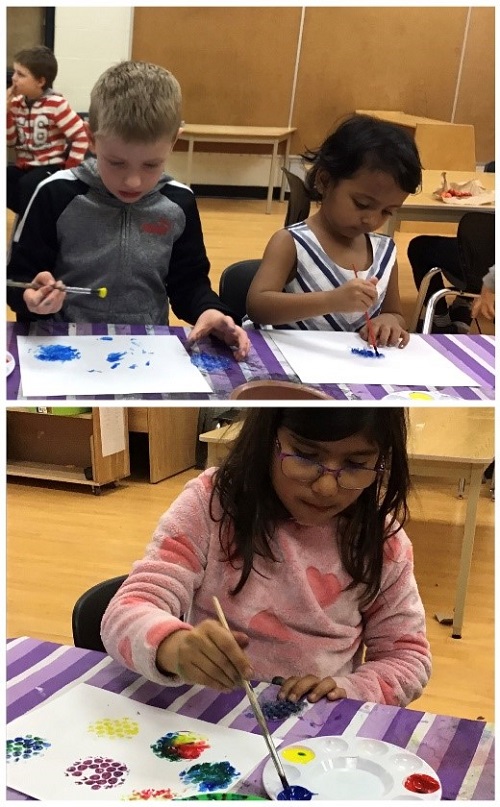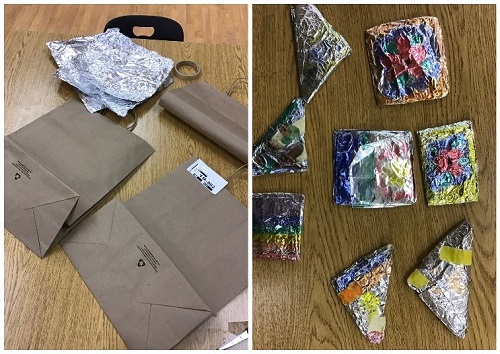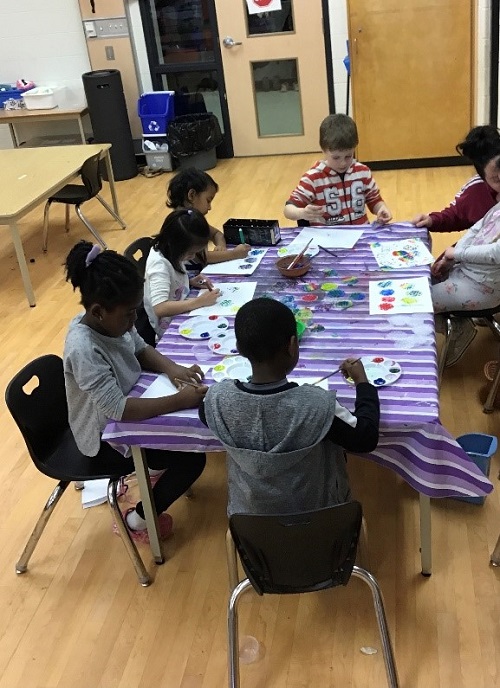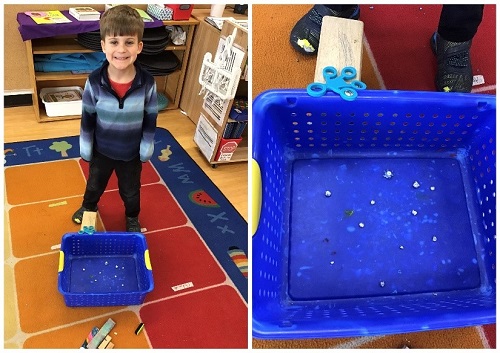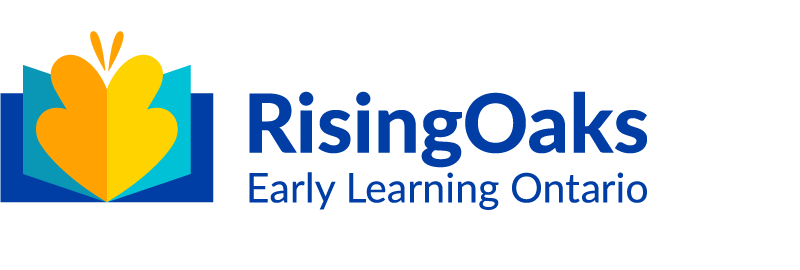Many times throughout the year, the children in School-age 2 at RisingOaks Early Learning | John Sweeney have shown us their love for painting. They demonstrated this through the creative use of unconventional art materials like freezer bags, sponges, and strings. This month, we saw how expanding this interest has helped them develop positive attitudes towards learning like inquiry and curiosity, as they learn to become better stewards of our environment.
According to research, online shopping generates several millions of waste every year. When Educator Tina was putting away boxes and wrappers from packages received from the recent holidays, she thought of bringing some of them to school and see what the children can do with them. First, the sheets of bubble wrap. We decided to cut them in small circles. The children then painted the bubble side and pressed them on white paper. Tina asked them to look at the imprints and see if the picture “reveals” something new to them. From there, the children added more details using markers and crayons turning the bubble wrap imprints into paintings of flowers, fireworks, and scenes under the sea!
We realized that this was a great opportunity to connect art and science and talk about sustainable art! We used our iPad and reviewed photos of how waste affects our environment and all the animals that live in it. One of the photos that we looked at was a sea turtle that ate a plastic bag. The news article revealed that the turtle died a few days after ingesting the said plastic. The children were greatly heartbroken to learn about this. We had a meaningful group discussion of how we are all responsible for each other, the trees, our land, and all animals. We learned that through sustainable art, we can consciously recycle and reuse materials we normally discard as waste and make meaningful art from them.
The children were inspired by this talk and so when Tina brought out paper bags accumulated from grocery deliveries and aluminum foil used for keeping vegetables fresh, the children were determined to make something meaningful from them. We looked at our options and decided to make a medallion. We cut the paper bags in long strips, folded them many times forming little rectangles and squares. Mira wanted a triangular medallion but didn’t know how to fold the strip of paper to make it one. After folding it here and there, she discovered that she was actually able to turn it into a triangle! She then taught the others how she did it. We used markers to add symbols into our medallions. Many drew flowers, a sunset, and fish. Adding a string to it, the children wore these around their necks to help remind them of their jobs as stewards of the environment.
We didn’t realize how moved the children were from our discussion until Theo asked his educators to come to the carpet to see something he made. He showed us a 3D interpretation of what he learned from our discussion. He took some extra aluminum foil from our activity earlier and rolled them into little balls. He put these inside a blue bin. He said these balls are trash in the ocean. He then showed us that his spinner is him as an “Octopus Man” collecting all the garbage from the sea so that other sea creatures will not die from eating them. This drew some happy tears from us. We exclaimed how proud we were of his realizations.
According to the Early Learning for Every Child Today or ELECT, children expand their curiosity about the world through questioning and predicting. It is also through these that they develop their critical thinking and problem-solving skills, asking questions like, “Why are we doing things that harm other animals?” and “What should we be doing differently?” We saw a lot of this in the exchanges that we heard in our group discussion. Theo also showed us that when their sense of engagement in a learning experience is high, they can interpret information in a unique and meaningful way, making their learning personal. How Does Learning Happen?, a document that guides Early Childhood Educators in Ontario on how to provide meaning environments and experiences to children, tells us that when children are engaged in their learning through the use of their natural curiosity in activities, this helps them make connections and develop higher-order thinking skills that are crucial in learning and success in school and beyond.
As their learning partners, we are curious how the children will show their acts of kindness towards the environment and all animals. We will see changes in the weather soon and with this comes more experiences outside. Will we see a greater sense of responsibility towards our land and the animals from the children in School-age 2? We will keep you posted.
